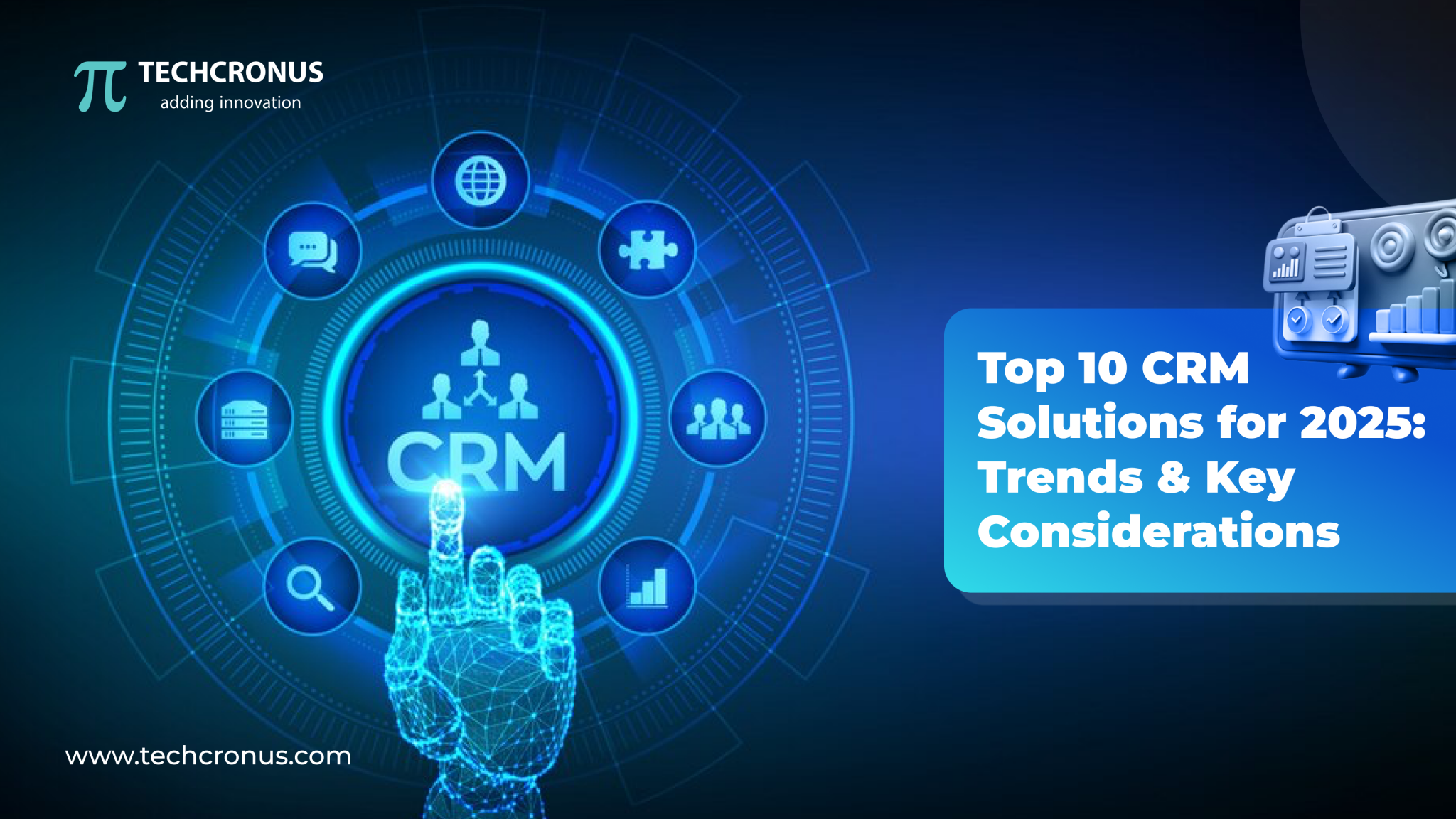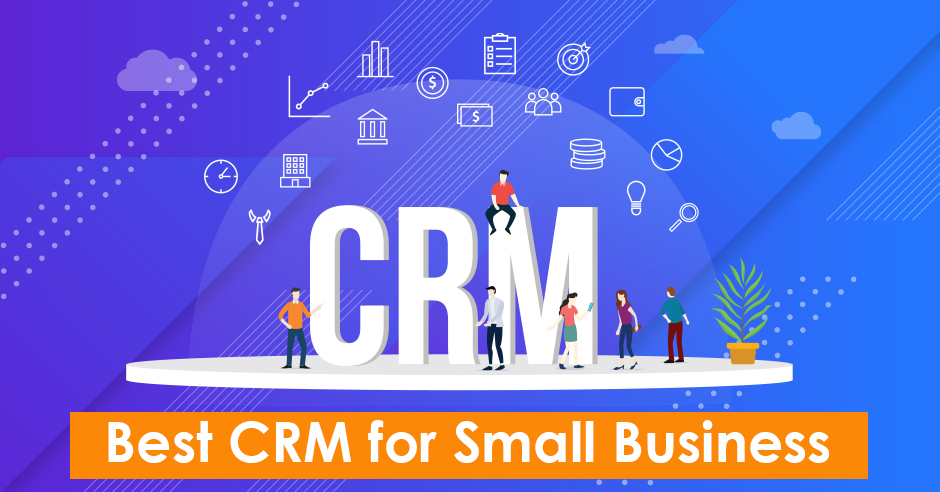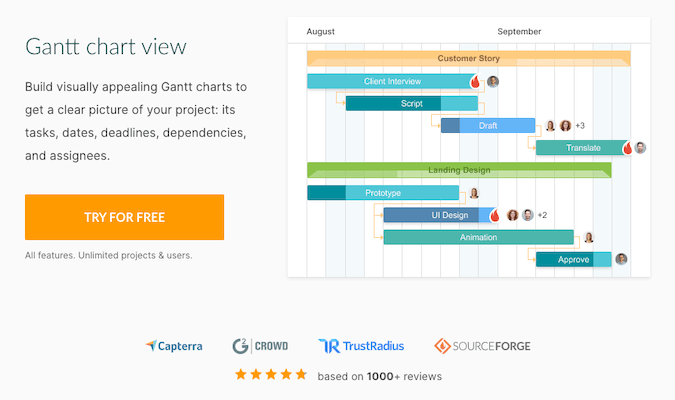The Unsung Hero: Why CRM Security Matters for Small Businesses
In the bustling world of entrepreneurship, small businesses are the lifeblood of innovation and economic growth. You pour your heart and soul into your venture, building a brand, cultivating relationships, and chasing dreams. Amidst the chaos of daily operations, one crucial aspect often gets overlooked: security. Specifically, the security of your Customer Relationship Management (CRM) system.
CRM systems are no longer a luxury; they’re a necessity. They’re the central nervous system of your business, housing sensitive data like customer contact information, purchase history, and even financial details. A breach in your CRM isn’t just an inconvenience; it can be catastrophic, leading to financial losses, reputational damage, and legal repercussions. This guide delves into the critical importance of CRM security for small businesses, providing actionable insights to safeguard your valuable data.
Understanding the Stakes: Why CRM Security is Paramount
Before diving into the ‘how,’ let’s explore the ‘why.’ Why should you, as a small business owner, prioritize CRM security? The answer is multifaceted:
1. Protecting Customer Trust
Your customers are the lifeblood of your business. They trust you with their information, and that trust is a fragile thing. A data breach can shatter that trust instantly. Imagine the fallout: customers losing faith in your ability to protect their data, leading to lost sales, negative reviews, and a damaged brand reputation. In today’s hyper-connected world, a single security incident can spread like wildfire, impacting your business’s credibility and ultimately, its survival.
2. Avoiding Financial Ruin
Data breaches are expensive. Beyond the direct costs of forensics, remediation, and legal fees, you’ll also face potential fines and penalties for non-compliance with data privacy regulations like GDPR or CCPA. Then there’s the cost of lost business, as customers may choose to take their business elsewhere. The financial burden of a security incident can be crippling for a small business, potentially leading to closure.
3. Compliance with Data Privacy Regulations
The legal landscape surrounding data privacy is constantly evolving. Regulations like GDPR, CCPA, and others mandate that businesses protect customer data. Failure to comply can result in hefty fines and legal action. Even if you’re a small business operating locally, you might be subject to these regulations if you have customers in certain regions. Ignoring these regulations is not an option; it’s a recipe for disaster.
4. Safeguarding Competitive Advantage
Your CRM holds valuable insights into your customers, your sales process, and your marketing campaigns. It’s a treasure trove of information that gives you a competitive edge. If this data falls into the wrong hands, your competitors could gain access to your strategies, pricing, and customer relationships, effectively leveling the playing field and potentially eroding your market share.
Building a Secure CRM Environment: Best Practices for Small Businesses
Now that we’ve established the ‘why,’ let’s move on to the ‘how.’ Implementing robust CRM security doesn’t require a massive budget or a team of cybersecurity experts. It’s about implementing best practices and making informed decisions. Here’s a roadmap to building a secure CRM environment:
1. Choose a Secure CRM Provider
This is your first line of defense. When selecting a CRM provider, prioritize security. Look for providers that:
- Offer strong encryption: Data should be encrypted both in transit (when it’s being transmitted) and at rest (when it’s stored).
- Provide regular security audits and penetration testing: This demonstrates a commitment to proactively identifying and addressing vulnerabilities.
- Comply with relevant security standards: Look for certifications like ISO 27001, which indicates a robust information security management system.
- Have a proven track record: Research the provider’s history and reputation. Have they experienced any security breaches? What is their response to such incidents?
- Offer multi-factor authentication (MFA): MFA adds an extra layer of security by requiring users to verify their identity through multiple methods, such as a password and a code sent to their phone.
Don’t be afraid to ask potential providers detailed questions about their security practices. A reputable provider will be transparent and forthcoming.
2. Implement Strong Password Policies
Weak passwords are a major entry point for cybercriminals. Enforce strong password policies within your CRM system and across all your business accounts. This includes:
- Minimum password length: Set a minimum length of at least 12 characters, preferably longer.
- Password complexity: Require a combination of uppercase and lowercase letters, numbers, and special characters.
- Regular password changes: Mandate password changes every 90 days, or more frequently if necessary.
- Avoid common passwords: Prohibit the use of easily guessable passwords like “password123” or birthdays.
- Use a password manager: Encourage employees to use password managers to generate and store strong, unique passwords for each account.
Educate your employees about the importance of strong passwords and the risks of password reuse.
3. Control User Access and Permissions
Not everyone needs access to all the data within your CRM. Implement a role-based access control (RBAC) system to limit user access to only the information they need to perform their job. This minimizes the potential damage if an account is compromised. For example:
- Sales representatives: May need access to customer contact information, sales history, and lead data.
- Marketing team: May need access to customer demographics, marketing campaign results, and email lists.
- Finance team: May need access to billing information and payment history.
Regularly review user access and permissions to ensure they are still appropriate. Remove access for employees who have left the company or whose roles have changed.
4. Enable Multi-Factor Authentication (MFA)
MFA is a crucial security measure that adds an extra layer of protection to your CRM accounts. It requires users to verify their identity through multiple methods, such as a password and a code sent to their phone or generated by an authenticator app. Even if a hacker manages to steal a user’s password, they won’t be able to access the account without the second factor. MFA is a must-have for all CRM users.
5. Regularly Back Up Your CRM Data
Data loss can happen due to a variety of reasons, including hardware failures, accidental deletions, or ransomware attacks. Regular backups are essential to protect your CRM data. Make sure your backup strategy includes:
- Automated backups: Configure your CRM system to automatically back up data on a regular schedule (e.g., daily or weekly).
- Offsite backups: Store your backups in a separate location, ideally offsite, so they are protected from physical damage or disasters. Cloud-based backup services are a convenient option.
- Regular testing of backups: Verify that your backups are working correctly by periodically restoring data from them.
Having a reliable backup strategy ensures that you can quickly recover your data in the event of a security incident or data loss event.
6. Train Your Employees on Security Best Practices
Your employees are the human firewall. They are your first line of defense against cyber threats. Provide regular security awareness training to educate them about:
- Phishing attacks: Teach them how to identify phishing emails, which are designed to trick users into revealing their credentials or installing malware.
- Social engineering: Explain how attackers use social engineering techniques to manipulate people into giving them access to sensitive information.
- Password security: Reinforce the importance of strong passwords and password hygiene.
- Data privacy: Educate them about data privacy regulations and the importance of protecting customer data.
- Reporting security incidents: Establish a clear process for employees to report any suspicious activity or security incidents.
Training should be ongoing and updated to reflect the latest threats and best practices. Consider using simulated phishing exercises to test your employees’ awareness and identify areas for improvement.
7. Monitor Your CRM System for Suspicious Activity
Implement monitoring tools to detect unusual activity within your CRM system. This includes:
- Login attempts: Monitor for failed login attempts, which could indicate a brute-force attack.
- Unusual user activity: Track user activity to identify any suspicious behavior, such as a user accessing data they shouldn’t be or downloading large amounts of data.
- Data changes: Monitor for unauthorized changes to data, such as modifications to contact information or sales records.
Set up alerts to notify you of any suspicious activity so you can investigate and take action promptly. Consider using security information and event management (SIEM) tools to centralize your security monitoring and analysis.
8. Implement Regular Security Audits and Penetration Testing
Regular security audits and penetration testing are essential to identify vulnerabilities in your CRM system. A security audit involves a comprehensive review of your security controls and practices. Penetration testing, also known as ethical hacking, simulates a real-world attack to identify weaknesses that attackers could exploit. These assessments should be performed by qualified security professionals. The results of the audits and penetration tests should be used to improve your security posture.
9. Keep Your CRM Software Up-to-Date
Software vendors regularly release updates to patch security vulnerabilities. Make sure your CRM software is always up-to-date. This includes applying security patches and upgrading to the latest versions of the software. Automate the update process whenever possible to ensure that security patches are applied promptly.
10. Establish a Data Breach Response Plan
Even with the best security measures in place, a data breach is always a possibility. Develop a comprehensive data breach response plan to outline the steps you will take in the event of a security incident. This plan should include:
- Incident detection and reporting: Define how you will detect and report security incidents.
- Containment and eradication: Describe the steps you will take to contain the breach and eradicate the threat.
- Notification: Outline your notification obligations to customers, regulatory authorities, and other stakeholders.
- Recovery: Detail the steps you will take to restore your systems and data.
- Post-incident analysis: Explain how you will analyze the incident to identify the root cause and prevent future breaches.
Test your data breach response plan regularly to ensure it is effective.
Advanced Security Considerations for CRM
While the above practices form a solid foundation, some businesses, particularly those handling highly sensitive data or operating in regulated industries, may need to consider more advanced security measures:
1. Data Loss Prevention (DLP)
DLP solutions monitor and prevent sensitive data from leaving your CRM system. They can identify and block unauthorized data transfers, such as employees accidentally sending customer data to an external email address or uploading it to a public cloud storage service. DLP helps to prevent data leaks and ensure compliance with data privacy regulations.
2. Security Information and Event Management (SIEM)
SIEM systems collect and analyze security data from various sources, including your CRM system, network devices, and security tools. They provide a centralized view of your security posture and help you detect and respond to security threats in real-time. SIEM can automate security tasks, such as threat detection and incident response, improving your overall security efficiency.
3. Endpoint Detection and Response (EDR)
EDR solutions monitor endpoint devices, such as laptops and desktops, for malicious activity. They can detect and respond to threats that may have bypassed other security measures. EDR provides real-time visibility into endpoint activity and helps you quickly identify and contain security breaches.
4. Encryption of Sensitive Fields
Encrypting sensitive fields within your CRM system, such as credit card numbers or social security numbers, adds an extra layer of protection. This ensures that even if an attacker gains access to your database, they won’t be able to read the sensitive data without the encryption key. This is particularly important for businesses that handle payment information or other highly sensitive data.
5. Regular Vulnerability Scanning
Vulnerability scanning tools automatically scan your CRM system and other systems for known vulnerabilities. They identify potential weaknesses that attackers could exploit. Regular vulnerability scanning helps you proactively identify and address security flaws before they can be exploited. Schedule these scans frequently.
The Human Factor: Cultivating a Security-Conscious Culture
Technology alone is not enough. Building a strong security posture requires a security-conscious culture where employees understand and embrace security best practices. Here’s how to cultivate such a culture:
1. Leadership Commitment
Security starts at the top. Leadership must demonstrate a commitment to security by investing in security measures, providing resources for training, and setting a positive example. When leadership prioritizes security, it sends a clear message to employees that security is important.
2. Security Awareness Training
Regular security awareness training is essential. Training should cover a wide range of topics, including phishing, social engineering, password security, and data privacy. Training should be engaging and interactive, and it should be updated regularly to reflect the latest threats and best practices. Make it a part of the onboarding process for all new hires.
3. Clear Security Policies and Procedures
Develop clear and concise security policies and procedures that employees can easily understand and follow. These policies should cover topics such as password management, data handling, and incident reporting. Make sure the policies are readily accessible to all employees and that they are regularly reviewed and updated.
4. Open Communication
Foster an environment of open communication where employees feel comfortable reporting security concerns or incidents. Encourage employees to ask questions and seek clarification on security matters. Create a feedback loop to gather input from employees and improve your security practices.
5. Regular Security Audits and Assessments
Regularly assess your security posture to identify areas for improvement. This includes conducting security audits, penetration testing, and vulnerability scans. Use the results of these assessments to refine your security practices and training programs.
Conclusion: Securing Your CRM, Securing Your Future
In the competitive landscape of small business, CRM security is not just a technical requirement; it’s a strategic imperative. By implementing the best practices outlined in this guide, you can protect your valuable data, build customer trust, and safeguard your business from the devastating consequences of a data breach. Remember, security is an ongoing process, not a one-time fix. By staying vigilant, educating your employees, and continuously improving your security posture, you can fortify your CRM and secure the future of your small business. Prioritize it, embrace it, and make it a core tenet of your business operations. The success and sustainability of your business may very well depend on it. Don’t wait for a breach to happen; be proactive, be prepared, and build a secure CRM environment today.


